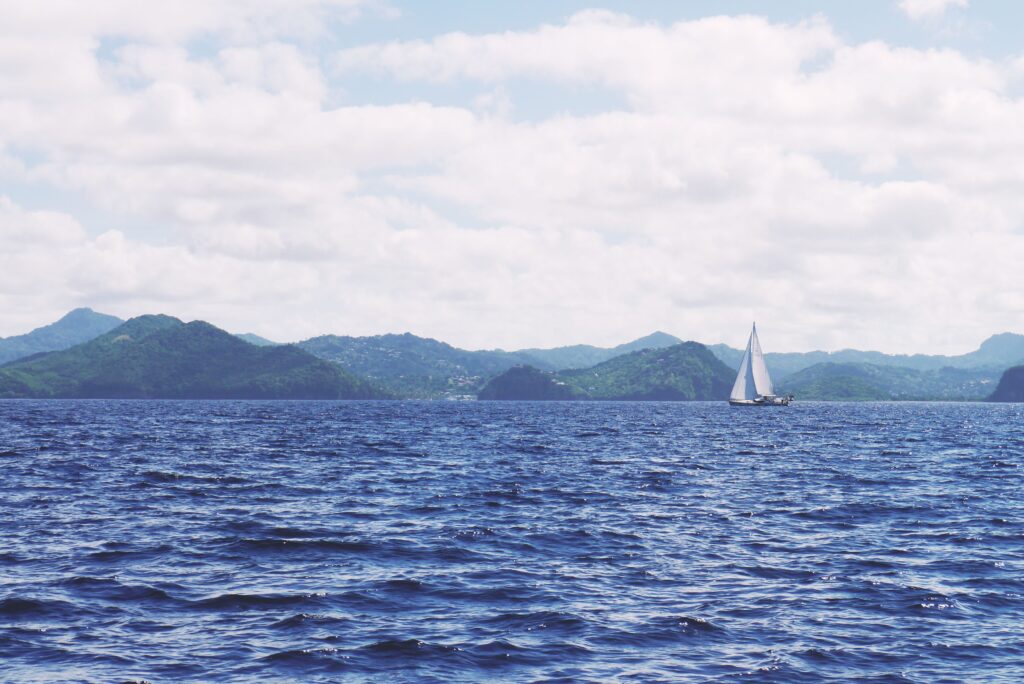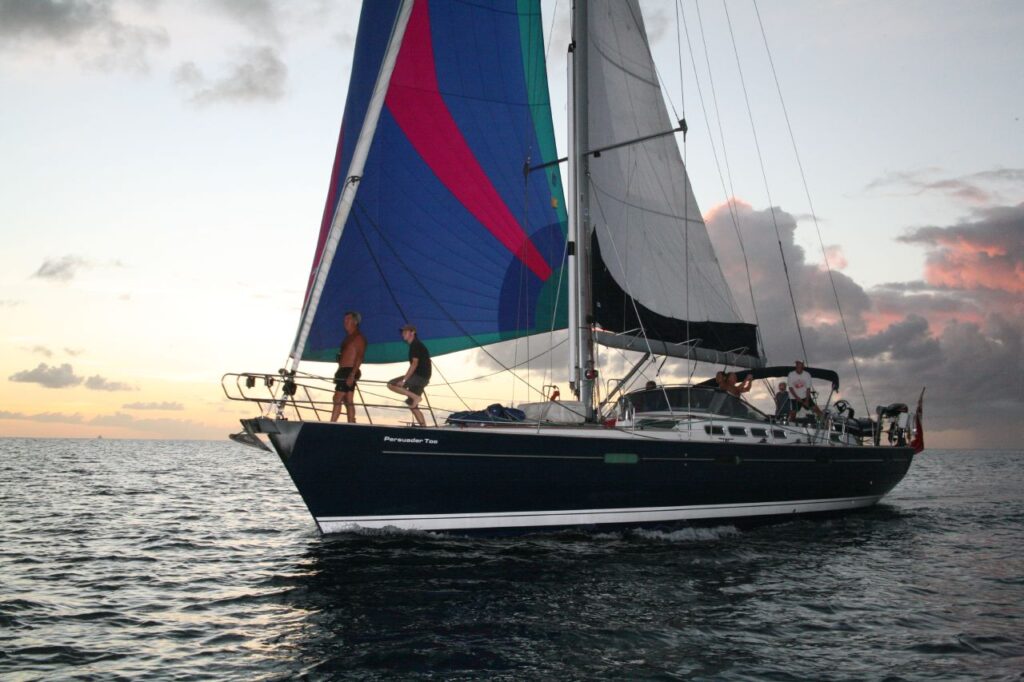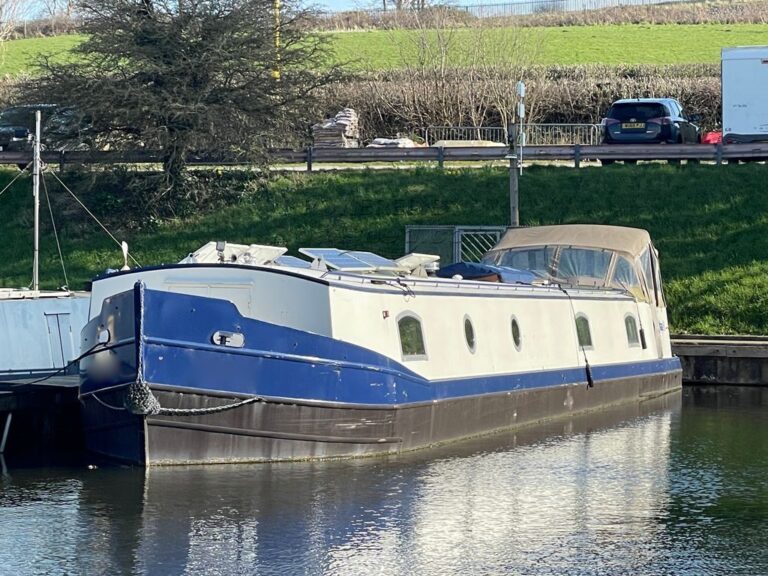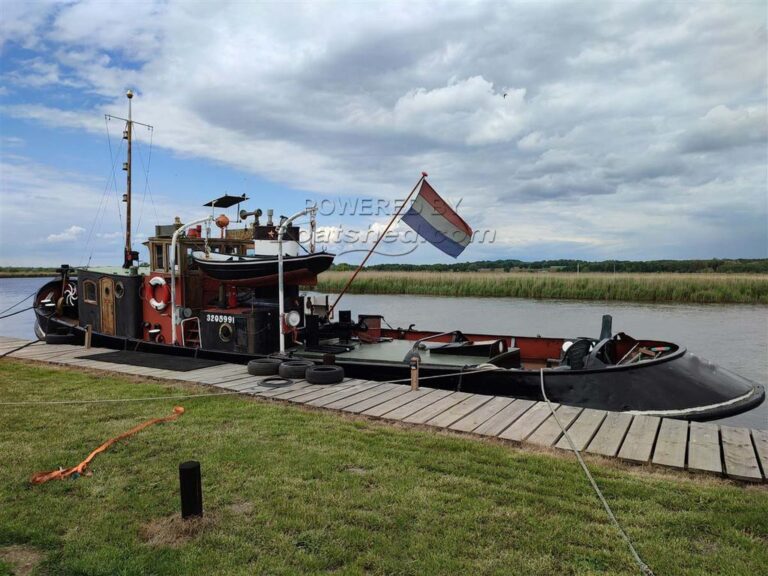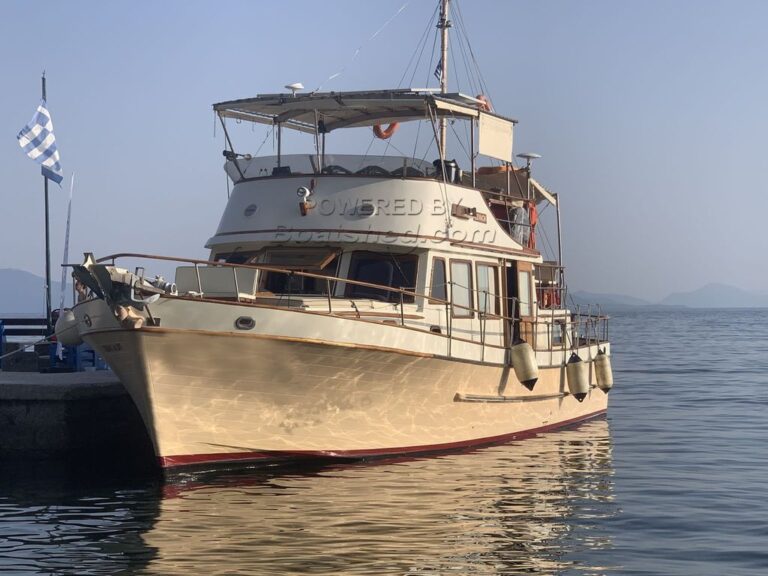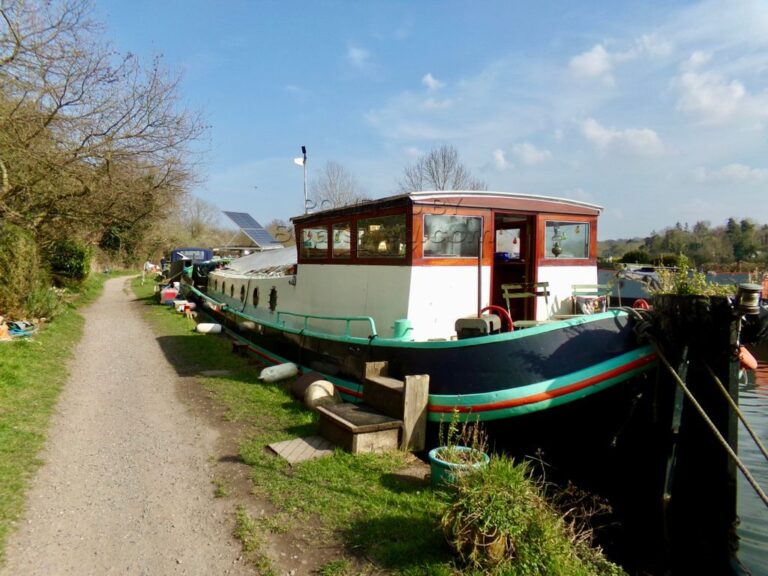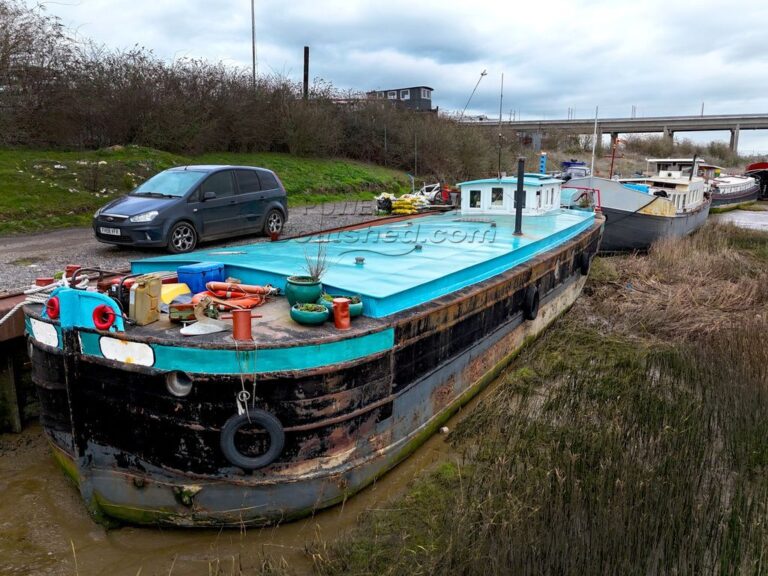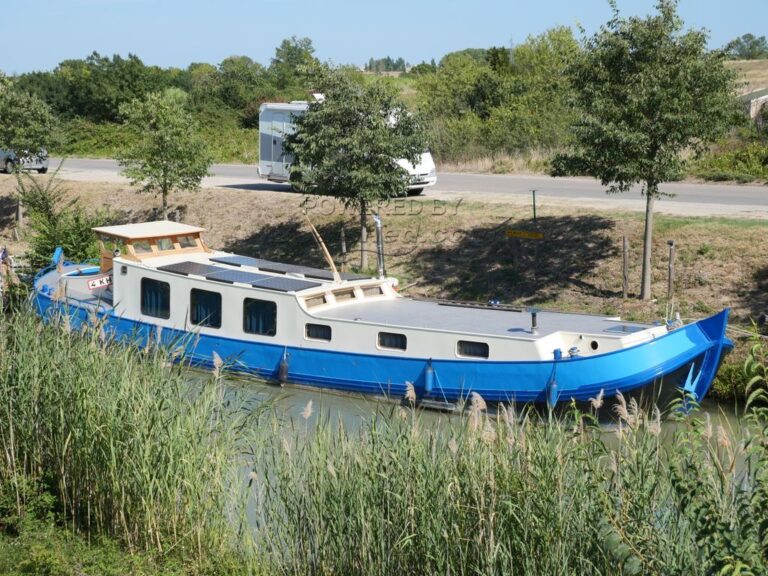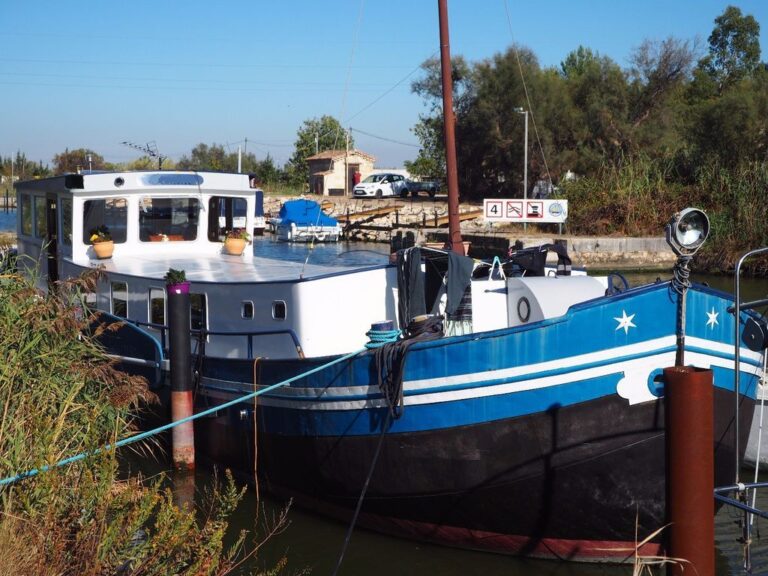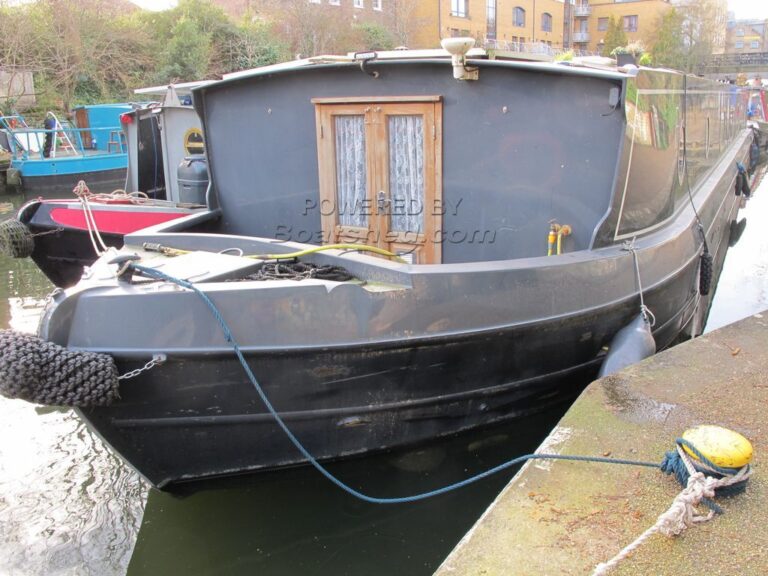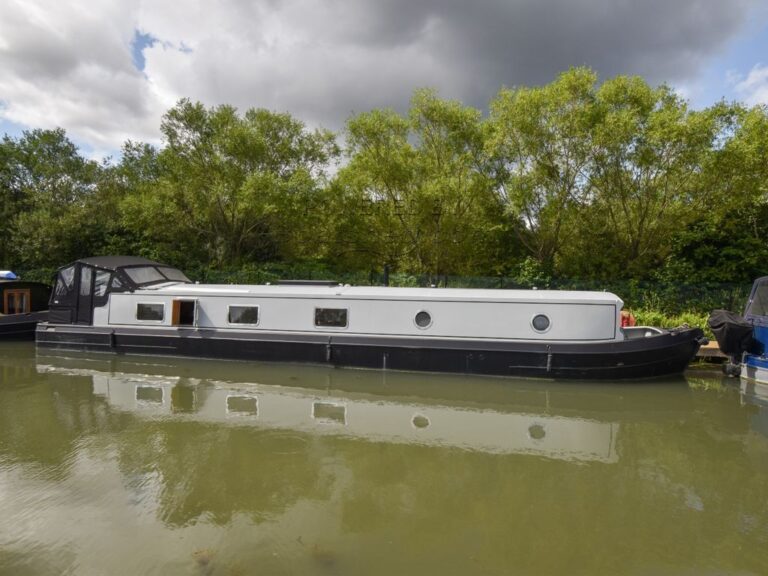Let’s face it, we all have a story of things going wrong at sea. While they make compelling pub and dinner party anecdotes afterward, this article outlines what I wish I’d known before setting out on my first sailing adventure. I hope you’ll join me on this journey of lessons learned from both the mishaps and the memorable moments at sea.
Assessing Readiness for a Long-Distance Passage
Before embarking on a long-distance passage, sailors must carefully evaluate their readiness. This involves considering various factors, including:
Experience and Skills
It’s essential to evaluate one’s sailing experience and skills. Long-distance passages demand a higher level of competence and confidence in handling the vessel, navigating, and managing emergencies. Novice sailors may want to gain more experience and training before undertaking such a challenging voyage.
For instance, my own journey into long-distance sailing began with a strong background in racing RS400 dinghies during my formative years. While this provided a solid foundation in the principles of sailing, my partner and I recognized the significant differences between racing dinghies and managing a larger yacht over extended distances.
When we decided to purchase a yacht in America with plans to sail it home, we hesitated to tackle the voyage alone solely relying on our dinghy experience. Instead, we opted to invite more experienced friends with a wealth of yachting experience to join us. Their expertise not only bolstered our confidence but also provided invaluable guidance throughout the journey.
This decision not only enhanced our safety but also enriched our learning experience, allowing us to gain practical insights and skills from seasoned sailors that we could apply to future passages. It underscored the importance of recognizing one’s limitations and seeking assistance from those with greater expertise when venturing into unfamiliar waters.
Photo Credit – Peter Casier
Vessel Suitability
Assess your vessel’s suitability for the intended passage. Consider factors such as seaworthiness, equipment condition, and onboard facilities necessary for an extended journey.
When preparing your vessel, there are several essential aspects to consider beyond just speed and agility. Ensuring your boat is structurally sound, stable, and equipped with the right gear can make all the difference between a smooth sail and a potential disaster on the open water. Here are some practical suggestions to understand your vessel’s suitability:
Building a Solid Foundation: Rigging and Structural Integrity
One of the first things to check is your vessel’s rigging and overall structural integrity. Are all the shrouds and forestays securely fastened to the mast and hull? Any signs of wear and tear should be addressed to prevent potential failures whilst at sea. Consider investing in high-quality rigging components and performing regular inspections to catch any issues early on.
Keeping the Water Out: Watertightness and Maintenance
Stating the obvious: a watertight vessel is crucial, where even a small leak can quickly escalate into a serious problem. Check all openings and seals to ensure they are secure and watertight. Pay special attention to areas like the centreboard and daggerboard trunks, which can be vulnerable to leaks if not properly maintained. Regular maintenance, including checking and re-tightening keel bolts, can help prevent water ingress and ensure your vessel stays dry and seaworthy.
Stability Matters: Ensuring a Stable Ride
Stability is key, especially in rough seas and high winds. Make sure your vessel meets stability standards set forth by regulatory bodies or industry guidelines. This may involve adding ballast or making modifications to improve stability without compromising performance. Investing in stability-enhancing equipment, such as stabilizing fins or outriggers, can also help keep your vessel steady and on course during challenging conditions.
Float Like a Butterfly: Multihull Considerations
If you’re sailing a multihull , additional precautions should be considered to ensure safety and stability. Watertight bulkheads and compartments should be incorporated to prevent flooding in the event of a capsize. Escape hatches, clipping points, and handholds should be easily accessible to crew members, facilitating a quick and safe evacuation if needed. Regular drills and training can help familiarize your crew with emergency procedures and ensure everyone knows what to do in case of an emergency.
The RORC World Sailing Special Regulations are a great set of guidelines that can be used to assess vessel and crew suitability.
Voyage Planning and Route Selection
Meticulous voyage planning is the cornerstone of a successful long-distance passage. It involves careful consideration of various factors, including route selection, timing, and potential stopovers. Planning ahead helps minimize risks and optimize the sailing experience.
Choosing the right route is critical. Sailors must consider factors such as weather patterns, currents, and potential hazards along the way. They should aim to take advantage of favourable winds and currents while avoiding areas prone to adverse weather conditions.
Utilising resources and tools can greatly assist in voyage planning. Nautical charts, weather forecasting websites, and guidebooks provide valuable information for route planning, navigation, and decision-making during the passage.
Safety and Emergency Preparedness
Paramount Importance of Safety
Safety at sea should always be the top priority. The unpredictable nature of the marine environment underscores the need for comprehensive safety measures to mitigate risks and ensure the well-being of the crew and the vessel.
Essential Safety Equipment
Every sailor should have essential safety equipment onboard, including life jackets, harnesses, emergency signalling devices, fire extinguishers, and bilge pumps. Regular inspection and maintenance of this equipment are crucial to ensure its effectiveness in emergency situations. You should also determine guidelines for their use.
Emergency Protocols
Establishing clear emergency protocols is essential for prompt and effective response in crisis situations. Sailors should practice man overboard drills, abandon ship procedures, and communication protocols for distress situations to ensure readiness and coordination among the crew.
Comprehensive Safety Plan
Developing a comprehensive safety plan tailored to the specific needs of the voyage is vital. This plan should include crew roles and responsibilities, regular safety inspections and drills, and contingency plans for various emergency scenarios.
Provisions and Nutrition
Embarking on a cruising adventure, whether for a short coastal jaunt or an extended offshore voyage, requires careful consideration of provisions and meal planning to ensure a seamless and enjoyable experience. Drawing from personal voyages and the rhythms of life at sea, I’ve discovered that tailoring meal plans to the length of the journey is key to striking a harmonious balance between culinary satisfaction and practicality.
For shorter passages lasting 2 to 3 days, the emphasis is on simplicity and convenience. Our strategy involves prepping meals in advance and minimising time spent in the galley onboard. Quick-fix options like cereal paired with long-life milk provide a fuss-free breakfast solution, while reheating pre-prepared meals allows us to enjoy hearty and satisfying dinners without the need for extensive cooking.
As the voyage extends into longer passages spanning weeks or even months, a more comprehensive provisioning approach becomes essential. Staples such as rice, couscous, pasta, tinned vegetables/pulses and dried meats form the foundation of our onboard pantry. Among these, couscous emerges as a favourite due to its speedy preparation and versatility. With minimal time and effort required for heating, it becomes the go-to choice for crafting nourishing meals that keep hunger at bay without keeping us tethered to the galley for extended periods.
In navigating the delicate balance between convenience and nutrition, our overarching goal is to enhance the cruising experience by optimising meal planning strategies. By prioritising efficient meal preparation without compromising on the quality of our onboard cuisine, we aim to savour every moment of our journey while exploring the beauty of the open sea. With provisions tailored to the rhythm of life onboard, we embark on our cruising adventures with confidence, knowing that our meals will nourish both body and soul as we chart our course to new horizons.
Maintenance and Equipment Checks
Regular maintenance and equipment checks are essential to ensure the vessel is in optimal condition for the voyage. Sailors should inspect and maintain the engine, rigging, sails, plumbing, and electrical systems to prevent breakdowns and ensure reliability at sea.
A comprehensive maintenance checklist can help sailors systematically inspect and maintain their boats. This checklist should cover all essential components and systems, ensuring nothing is overlooked before departure.
Photo Credit – LUM3N
Weather and Navigation Strategies
Monitoring weather conditions is critical for safe passage. Sailors should utilize weather forecasting tools and resources to track and interpret weather patterns, enabling them to make informed decisions and adjust course as necessary to avoid adverse conditions.
In the realm of maritime adventures, the ability to adapt plans in response to changing weather conditions emerges as a hallmark of seasoned sailors. While it may be tempting to adhere strictly to pre-laid itineraries, the prudent sailor understands the importance of prioritising safety and comfort above all else.
Consider, for example, the scenario of encountering a looming gale on the horizon. In such instances, opting for an extra day in port to ride out the storm becomes not only preferable but indeed the wisest course of action. By seeking refuge in the shelter of a harbour, sailors can shield themselves from the brunt of adverse weather conditions, ensuring not only their safety but also their comfort during the passage.
Reflecting on our own maritime escapades, a vivid memory arises from our summer voyage to the picturesque West Country. As we charted our course, little did we anticipate the unpredictability of the weather that lay ahead. When confronted with increasingly unpleasant conditions, we made the conscious decision to extend our stay in the charming port of Dartmouth, deviating from our original plan with ease.
During our extended sojourn in Dartmouth, we discovered a silver lining amidst the storm clouds. The camaraderie of fellow sailors, united by a shared love for the sea, lent a sense of warmth and community to our stay. Moreover, the unexpected additional time ashore afforded us the opportunity to delve deeper into the local culture, immersing ourselves in the rich tapestry of history and heritage that Dartmouth had to offer.
In hindsight, our decision to embrace flexibility and linger in port proved to be a blessing in disguise. Far from lamenting the deviation from our intended route, we found ourselves enriched by the experiences and connections forged during our extended stay. Indeed, in the ever-changing landscape of maritime travel, it is often the detours that lead to the most memorable adventures.
Mental and Physical Preparation
Long-distance sailing presents unique psychological challenges. Sailors must prepare themselves mentally to cope with isolation, confinement, and the stresses of life at sea. Developing resilience and coping strategies is essential for maintaining morale and well-being throughout the voyage.
Staying physically fit onboard is crucial for the health and performance of the crew. Sailors should engage in regular exercise routines tailored to the constraints of the sailing environment, ensuring they remain strong, agile, and able-bodied for the duration of the passage.
Documentation and Legalities
In the intricate web of international maritime travel, ensuring that all documentation is meticulously organized stands as a non-negotiable prerequisite for a seamless journey through the vast expanse of international waters. From passports and visas to vessel registration and beyond, the paperwork involved may seem daunting, yet its significance cannot be overstated.
At the forefront of this endeavour lies the indispensable task of assembling the requisite documentation for both oneself and the crew. Passports, visas, and any other travel documents must be diligently procured and kept readily accessible throughout the voyage. Likewise, ensuring that the vessel is properly registered and documented is paramount for navigating the intricacies of international waters with confidence and ease.
Equally vital is the imperative to comprehend and adhere to the plethora of international regulations governing maritime travel. With maritime laws, customs procedures, and environmental regulations constituting the fabric of regulatory compliance, sailors must undertake a thorough familiarisation with the legal landscape pertinent to their intended route.
In this regard, resources such as the revered Reeds almanac serve as invaluable companions, offering a comprehensive overview of the prerequisites for specific ports of call. Indeed, the utility of such resources was vividly underscored during a recent weekend excursion to France, wherein the evolving legislative landscape came sharply into focus.
Amidst recent legislative amendments, the process of selecting an Official Port of Entry emerged as a novel procedural requirement, necessitating a recalibration of our customary practices. The realization dawned upon us that additional paperwork and regulatory checks were imperative should our itinerary veer towards a marina not designated as an Official Port of Entry.
In navigating the labyrinthine waters of international documentation, adaptability and foresight emerge as indispensable virtues. By remaining attuned to the evolving regulatory landscape and leveraging the insights gleaned from reputable sources, sailors can navigate the seas of documentation with confidence and aplomb, ensuring that every voyage is embarked upon with the utmost preparedness and compliance.
Final Thoughts
Embarking on a long-distance sailing passage is not merely a journey from point A to point B; it’s an odyssey marked by careful preparation, strategic planning, and unwavering dedication to safety. As we’ve explored the essential elements of readiness, voyage planning, safety protocols, provisioning, maintenance, weather strategies, and legalities, it becomes evident that successful navigation of the open sea requires a multifaceted approach.
From assessing one’s readiness and vessel suitability to meticulously planning routes and embracing flexibility in the face of changing weather conditions, each aspect contributes to the intricate tapestry of a memorable maritime adventure. Drawing from personal experiences and insights, we’ve gleaned valuable lessons that underscore the importance of adaptability, resilience, and preparedness.
At its core, long-distance sailing embodies the spirit of exploration and discovery, inviting sailors to chart new horizons and forge meaningful connections with the sea and fellow adventurers. Whether navigating the tranquil waters of coastal routes or braving the challenges of offshore passages, every voyage holds the promise of unexpected encounters, enriching experiences, and lifelong memories.
We’d love to hear your story – email hello@sailors-paradise to share your journey with us.
References and Resources
- US Sailing Safety Equipment Requirements (SER): A detailed guide by US Sailing outlines the safety equipment required for different types of races and voyages. The SERs are designed to be easy to understand and apply, offering a straightforward checklist for sailors to ensure they meet safety standards for nearshore, coastal, and ocean sailing.
- RNLI’s Yacht Sailing and Motorboating Safety Advice: The Royal National Lifeboat Institution (RNLI) provides practical safety advice for sailors and motorboaters. This includes the importance of wearing a lifejacket, how to call for help at sea, and the significance of proper training before heading out on the water.
- Club Marine Australia’s Boating Safety Equipment Checklist: Club Marine offers a comprehensive checklist of safety equipment for all vessels, with specific recommendations for inshore and offshore boating. This list includes everything from basic first aid supplies to navigation aids, emphasizing the importance of being prepared for any situation on the water.

